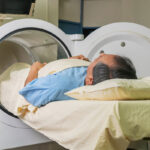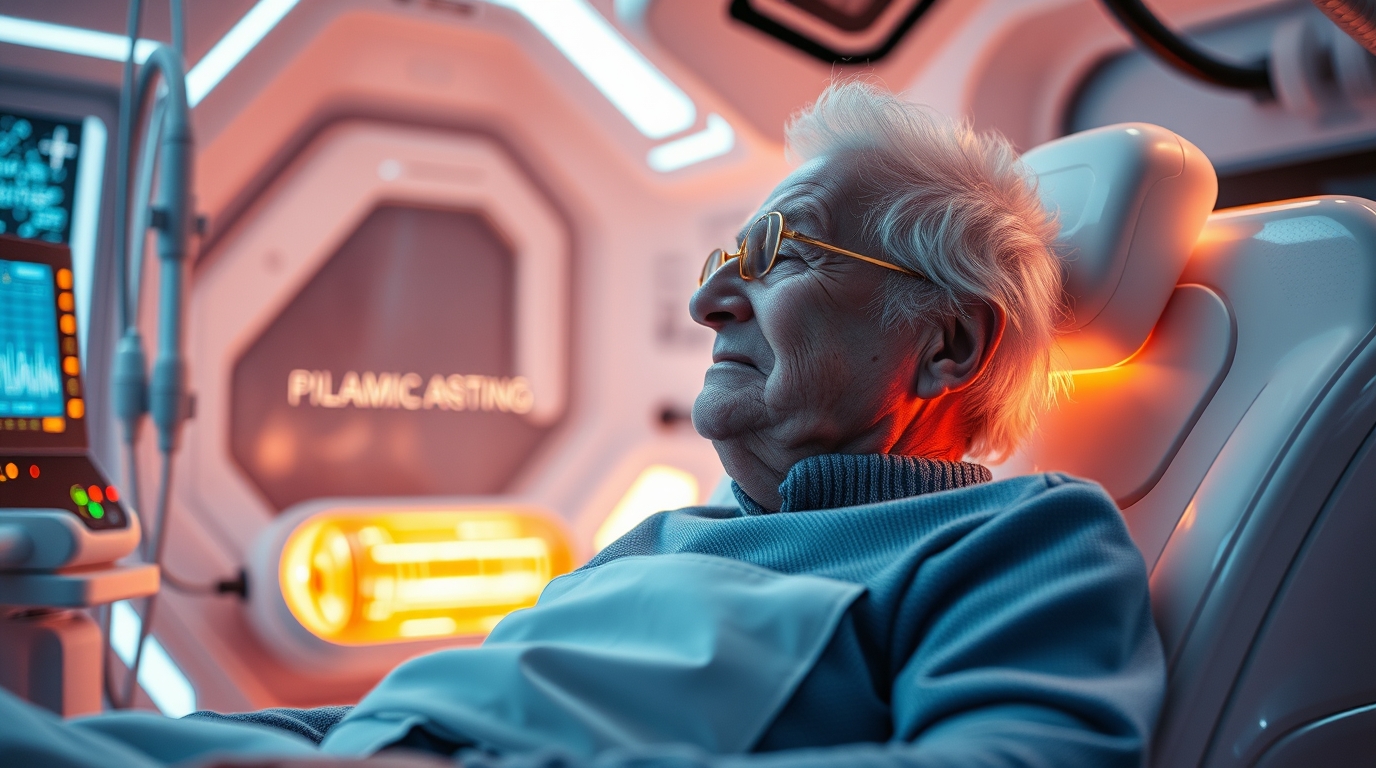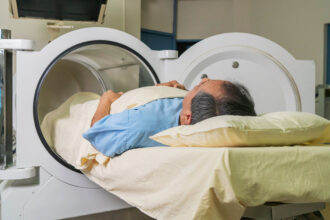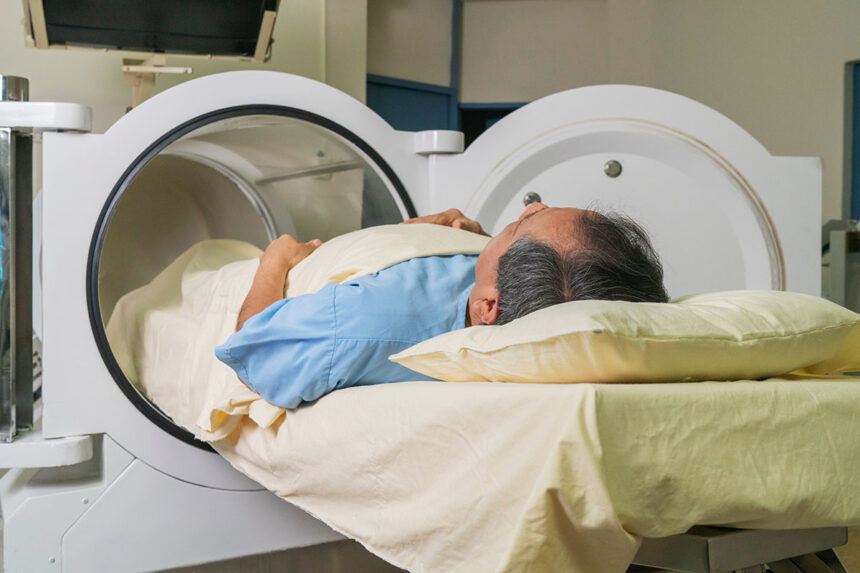The dream of reversing aging and regaining youthful vitality has captivated humanity for centuries. Among the myriad of scientific explorations into anti-aging, one stands out as particularly fascinating: plasma transfusions from young donors. Recent research, such as the findings published in PubMed, suggests that components within young plasma may hold the key to rejuvenating aging tissues and organs.
Young blood carries factors that rejuvenate tissues and organs, offering insights into how we might counteract aging at the molecular level.
Dr. Tony Wyss-Coray, Professor of Neurology at Stanford University and Leader in Plasma Research
This blog explores the science behind young plasma transfusions, the groundbreaking studies that have fueled this idea, and the ethical considerations that accompany such an ambitious endeavor.
What is Plasma, and How Does It Relate to Aging?
Plasma is the liquid component of blood, constituting about 55% of its volume. It is a rich medium carrying essential proteins, hormones, electrolytes, and nutrients throughout the body. Plasma plays a crucial role in maintaining physiological balance and supporting vital processes, including immune function and tissue repair.
As we age, the composition of plasma changes:
- Inflammatory Markers Increase: Aging plasma contains higher levels of pro-inflammatory factors that contribute to chronic conditions.
- Regenerative Factors Decline: Proteins and hormones essential for tissue repair and regeneration decrease with age.
These changes in plasma composition are thought to accelerate the aging process. Scientists hypothesize that transfusing plasma from young donors into older individuals might replenish these regenerative factors, countering the detrimental effects of aging.
The Science Behind Young Plasma Transfusions
The concept of young plasma rejuvenation stems from a technique called parabiosis. This involves surgically connecting the circulatory systems of two animals—typically a young and an old mouse—allowing their blood to mix. Studies on parabiosis have revealed striking results:
- Tissue Rejuvenation: Old mice exposed to young blood exhibited improved muscle repair, reduced inflammation, and enhanced organ function.
- Cognitive Improvement: Research demonstrated that young plasma restored synaptic plasticity and boosted memory in aged mice.
These findings prompted scientists to isolate specific components in young plasma responsible for these effects, leading to experiments on plasma transfusions in humans.
Recent Research on Plasma Transfusions
A pivotal study published in Nature and cataloged on PubMed investigated the impact of young plasma transfusions on aging. Here are the key takeaways:
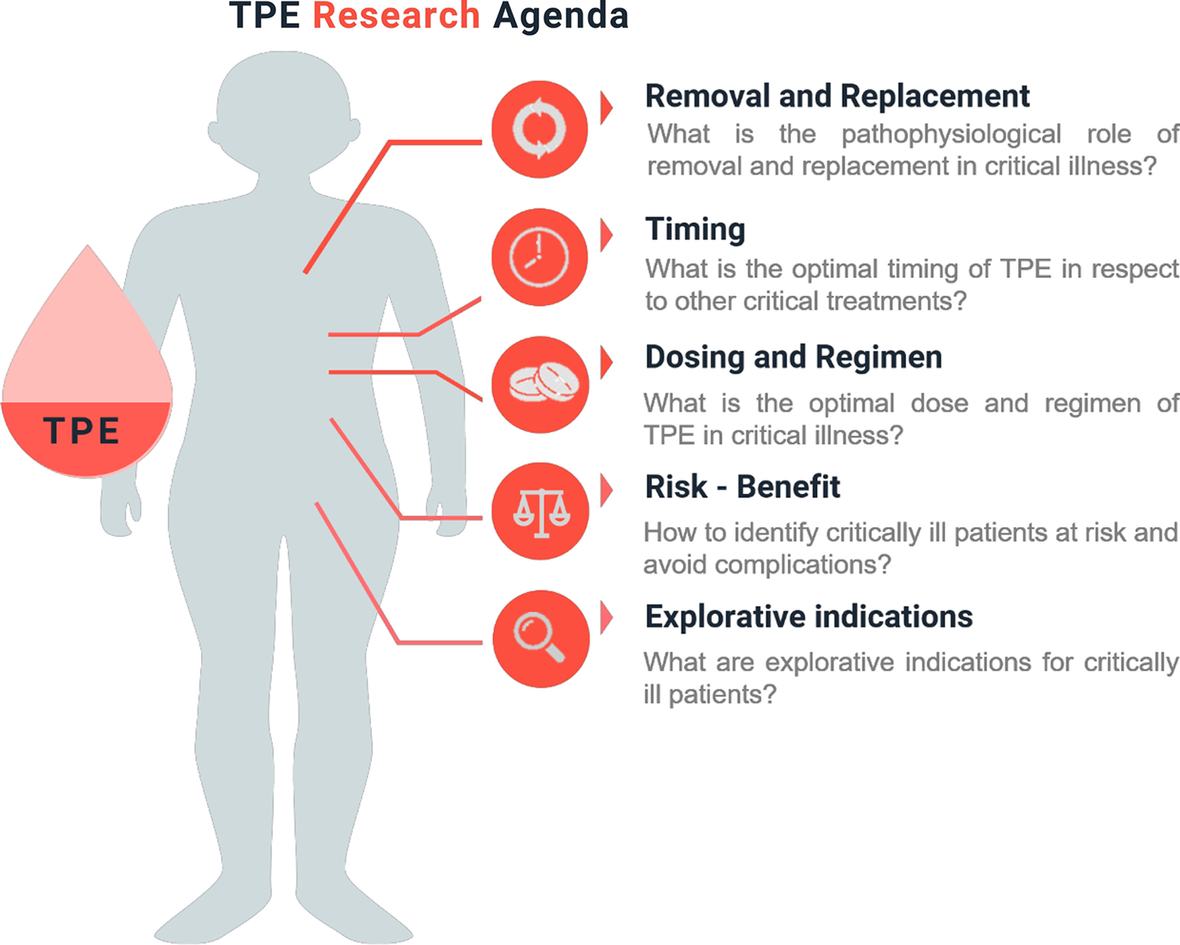
- Regenerative Effects on Tissues: Transfusions of young plasma were found to stimulate tissue repair and reduce signs of cellular aging in animal models. This included improved liver function and muscle regeneration.
- Cognitive Benefits: Older animals receiving young plasma showed enhanced cognitive abilities, including memory and learning improvements, attributed to changes in neurogenesis and synaptic connectivity.
- Identification of Key Factors: The study identified specific proteins and molecules, such as GDF11 (growth differentiation factor 11), which appear to play a central role in rejuvenation.
These findings have sparked interest in the potential application of plasma transfusions for treating age-related conditions in humans.
Early Human Trials and Their Implications
Human trials of young plasma transfusions are in their early stages but have yielded some promising results:
- Alzheimer’s Disease Research: In a pilot study at Stanford University, patients with mild to moderate Alzheimer’s disease received plasma from young donors. Participants showed modest improvements in cognitive function and daily living activities, though larger studies are needed to validate these results.
The prospect of using young plasma to reverse aging is compelling, but it must be approached with rigorous science and ethical safeguards.
Dr. Irina Conboy, Professor of Bioengineering at the University of California, Berkeley
- Anti-Aging Clinics: Some private clinics have begun offering young plasma transfusions as an experimental anti-aging treatment, though these are not yet FDA-approved and remain controversial.
Challenges and Limitations
Despite the excitement surrounding young plasma transfusions, there are several challenges and limitations to consider:
- Ethical Concerns: The use of young donors, especially in vulnerable populations, raises ethical questions about exploitation and consent.
- Safety Risks: Plasma transfusions carry risks, including allergic reactions, infections, and iron overload. Long-term safety remains unknown.
- Unclear Mechanisms: While studies highlight potential benefits, the exact mechanisms through which young plasma exerts its effects are not fully understood.
- Accessibility and Cost: Plasma transfusion therapies, if proven effective, may be prohibitively expensive and difficult to scale, raising concerns about equitable access.
The Future of Young Plasma Research
The field of plasma-based therapies is advancing rapidly, with researchers exploring several avenues to address these challenges:

- Isolating Active Components: Instead of relying on whole plasma, scientists aim to identify and synthesize the specific factors responsible for rejuvenation.
- Developing Safer Methods: Advances in biotechnology, such as exosome-based therapies, may offer a safer and more targeted approach to delivering rejuvenating factors.
- Regulatory Oversight: As research progresses, stringent regulations will be necessary to ensure safety, efficacy, and ethical compliance.
Ethical Considerations
The notion of using young plasma for anti-aging is fraught with ethical implications:
- Donor Welfare: Ensuring the well-being of plasma donors, particularly if they are incentivized financially, is paramount.
- Equity and Accessibility: Anti-aging treatments could exacerbate disparities if they are only accessible to wealthy individuals.
- Societal Impacts: Prolonging life through such interventions could have profound implications for global demographics and resource allocation.
Addressing these ethical concerns will be crucial for integrating plasma therapies into mainstream medicine.
Alternatives to Plasma Transfusions
While young plasma transfusions hold promise, there are alternative strategies for combating aging:
- Lifestyle Interventions: Healthy diet, regular exercise, and stress management are proven to delay the aging process.
- Nutraceuticals: Supplements such as NAD+ boosters, resveratrol, and senolytics target cellular aging mechanisms.
- Regenerative Medicine: Advances in stem cell therapy and gene editing offer exciting possibilities for age reversal.
These approaches may complement plasma-based therapies, offering a holistic framework for healthy aging.
Final Thought: A Glimpse into the Future
Plasma transfusions from young donors represent a bold and intriguing frontier in the science of aging. While research, such as the findings highlighted in PubMed, has demonstrated remarkable potential, many questions remain unanswered.
Will we see young plasma therapies become a cornerstone of anti-aging medicine, or will ethical and practical challenges limit their application? Only time—and further research—will tell.
For now, the idea of rejuvenation through young plasma transfusions sparks hope for a future where aging is not merely endured but actively managed. As always, it is essential to approach emerging treatments with a balance of optimism and caution, ensuring that the pursuit of youth does not come at the expense of safety or ethics.
Recent Insights into the Role of Plasma Transfusions from Young Donors in Reversing Aging
“Young Blood Plasma Rejuvenates Aging Organs”
A groundbreaking study demonstrated that plasma transfusions from young donors rejuvenated aging organs in animal models, including improved heart function, enhanced muscle strength, and better cognitive performance. This suggests potential applications for combating age-related decline.
Read the full study here.
“Young Plasma Reduces Alzheimer’s Pathology in Mice”
Researchers found that transfusions of young plasma into mice with Alzheimer’s-like symptoms reduced tau and amyloid-beta pathologies. The treatment also improved memory and cognitive functions, offering hope for neurodegenerative disease therapies.
Explore the findings here.
“Identification of Rejuvenating Factors in Young Plasma”
A 2023 study identified key proteins in young plasma, such as GDF11, that play a role in tissue repair and anti-inflammatory processes. These findings pave the way for targeted therapies based on plasma-derived components.
Discover more here.
“Young Plasma Transfusions Restore Synaptic Plasticity in Aged Brains”
Scientists observed that aged mice treated with young plasma exhibited restored synaptic plasticity in the hippocampus, leading to significant improvements in learning and memory. This supports plasma transfusions as a potential cognitive enhancer in aging.
Learn more about this study.
“Safety and Efficacy of Plasma Transfusions in Early Human Trials”
Preliminary human trials revealed that plasma transfusions from young donors were well-tolerated and showed signs of improving cognitive and physical function in older participants, though further studies are needed to confirm long-term benefits.
Read the insights here.
These findings highlight the exciting potential of young plasma transfusions in reversing age-related decline and treating neurodegenerative diseases. While more research is required to fully understand their mechanisms and applications, the results so far are promising. Always consult healthcare professionals before considering experimental therapies.


